Home » Where We Work » Afghanistan and Pakistan
Afghanistan and Pakistan have both faced substantial security and governance challenges over the past decade. In countries that are critical to our national security, progress is fragile, but our continued efforts remain vital.
In both countries, we take accountability and transparency very seriously, working hard to overturn corruption and graft that harm development progress. In Afghanistan, we’ve increased oversight and monitoring through a new accountability initiative and in Pakistan, an anti-fraud hotline we established has helped stop waste and abuse.
In Afghanistan, we are focused on:
- promoting a stable, inclusive, and increasingly prosperous country. The key elements of USAID’s strategy going forward are solidifying the gains made in health, education, and women’s empowerment, spurring further economic growth through agriculture and private sector development, and supporting effective, transparent Afghan governance.
In Pakistan, we are focused on:
- Overcoming energy shortfalls, a major limit to the country’s economic progress.
- Strengthening economic growth, to help address significant poverty that still plagues the country despite years of fast growth.
- Enhancing stabilization, so people can live in peace and find alternatives to extremism and violence, especially on the country’s border with Afghanistan.
- Expanding educational opportunity, so economic benefits can spread throughout the country and women can continue to play a more equal role in Pakistani society.
- Increasing the reach of public health systems, to save the lives of women and children, strengthen families and communities, and help develop a healthy workforce.
In both countries, we’ve seen meaningful results:
- USAID has helped over 84,000 Afghan girls attend community-based education classes, and worked to eliminate the need for Afghan girls to travel long and sometimes dangerous distances to attend school. Over one million Afghan students now attend school as a direct result of USAID-assistance, and millions of primary grade students have benefitted from USAID-support for new textbooks, teacher training, and educational facilities.
- In Afghanistan, approximately 57 percent of the population now lives within a one-hour walking distance of a health facility, up from only 9 percent in 2002. USAID has also trained over 2,000 midwives.
- In 2002, only six percent of Afghans had access to reliable electricity. Today that number has increased to approximately 30 percent. From 2009 to date, USAID has leveraged Pakistan’s investments to add more than 2,800 megawatts of electricity to Pakistan’s system, enough energy to benefit over 33 million Pakistanis and spur economic growth.
- In the past six years, through USAID's efforts, Pakistani businesses increased sales by $170 million and exports by approximately $76 million. In addition, since October 2011, more than 36,000 new jobs can be attributed to USAID's programs.
- USAID worked with the Government of Pakistan to build or rehabilitate over 1,210 kilometers of road, 29 bridges and two tunnels throughout the Federally Administered Tribal Areas and neighboring Khyber Pakhtunkhwa and Balochistan Provinces since 2007.
- Through USAID's Gender Equity Program (2010-present) in Pakistan, USAID has provided shelter, and legal, health, and economic support to nearly 40,000 victims of gender-based violence to help them rebuild their lives.







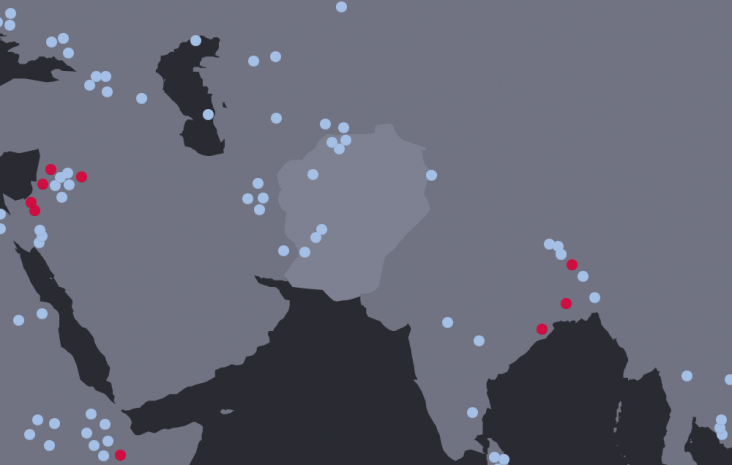
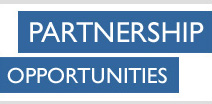
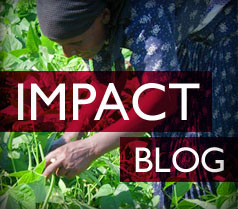
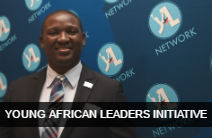
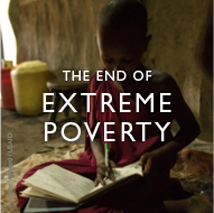
Comment
Make a general inquiry or suggest an improvement.